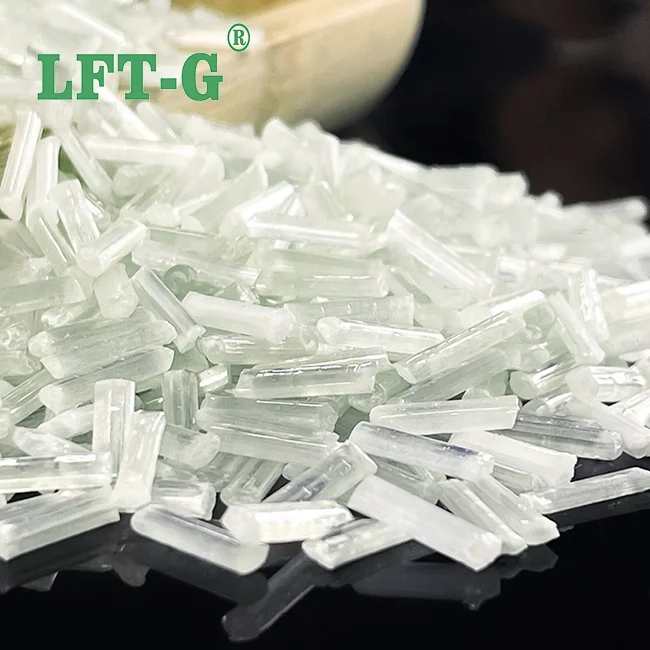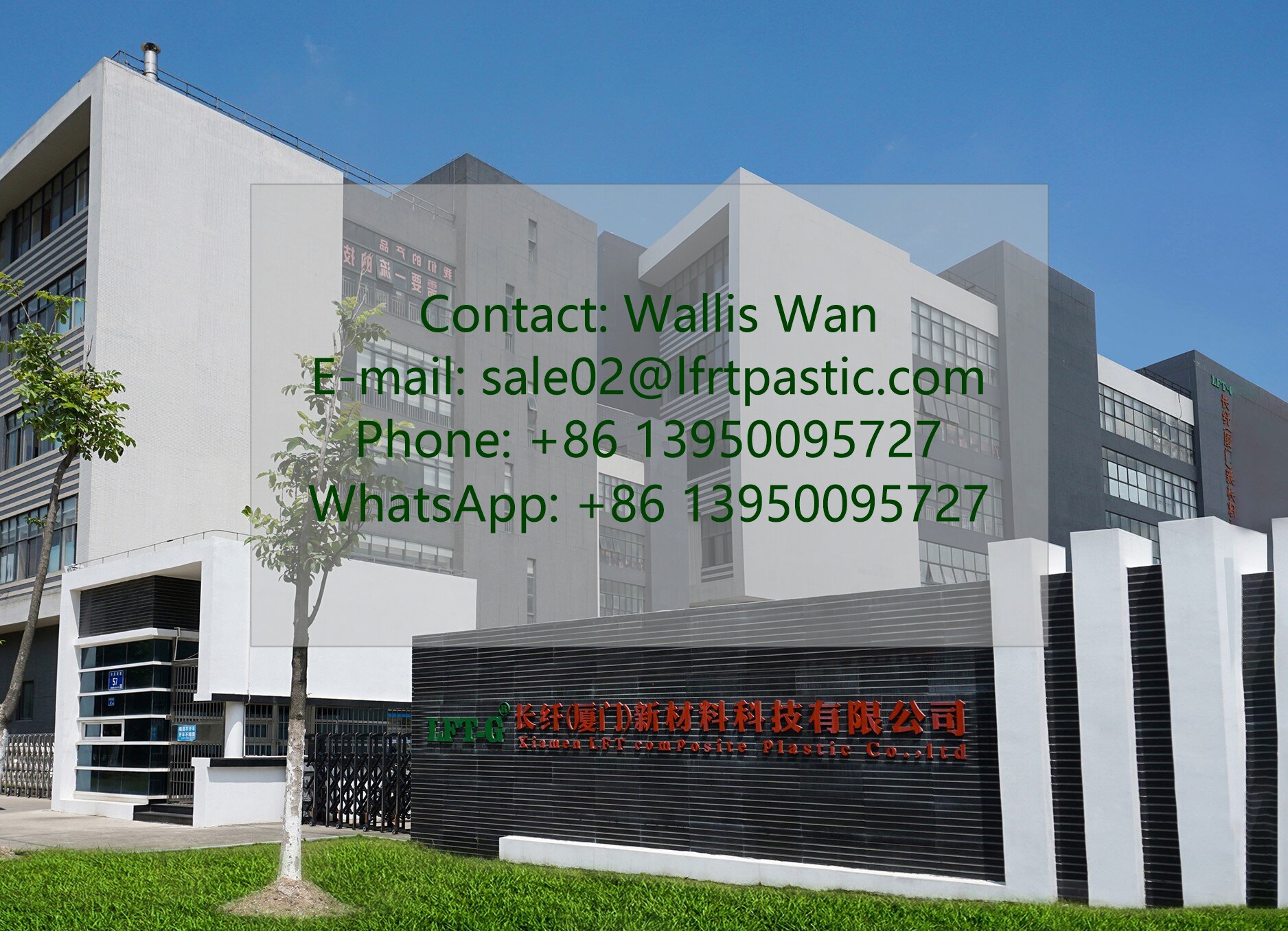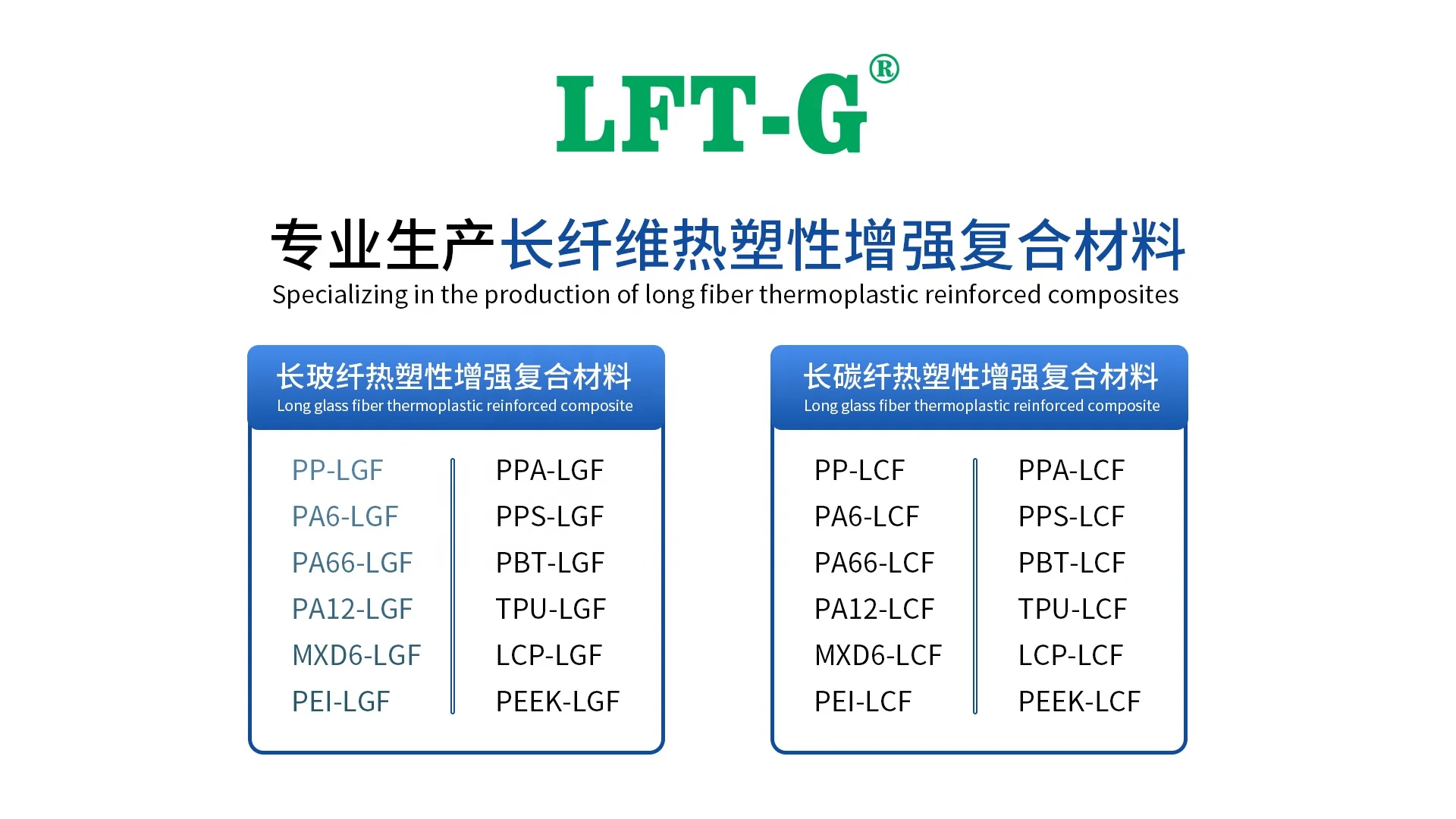new blog

TPU Introduction
Thermoplastic polyurethane elastomer abbreviated as TPU, also known as PU thermoplastic, is a linear block copolymer composed of oligomer polyol soft segment and diisocyanate-chain extender hard segment.
TPU molecule contains -NH-COO- groups, many of its characteristics depend on the type of long-chain diols, its hardness with hard segments to do the ratio to adjust its light aging can be added to improve the light stabilizer, but also depends on the isocyanate is aromatic or aliphatic.

Difference between aliphatic and aromatic
Aromatic isocyanates are used where they do not care for oxidative discoloration by UV light. Polyurethane coatings prepared from aromatic polyisocyanates are susceptible to oxidation and, therefore, are more likely to degrade under direct sunlight.
In contrast, aliphatic isocyanates are mainly used to make light-stabilized coatings. These products are used where stabilization to ultraviolet light or sunlight is definitely required, such as in automotive clear coats and many water-based formulations.
Aliphatic isocyanates
Aliphatic polyisocyanates provide polyurethane coatings with excellent chemical resistance and good ageing resistance. Due to the absence of phenyl groups, the use of aliphatic isocyanates ensures long-lasting adhesion under harsh conditions.
Aromatic isocyanates
Compared to aliphatic derivatives, the derivatives of these two groups of products make the coatings less resistant to aging (yellowing) and less resistant to chemicals (especially poorer alkali resistance). Aromatic polyisocyanates are therefore mainly used in interior applications (floor coatings, tank coatings, etc.) or for primers. Even primers are used less and less in the automotive sector because yellowing of the primer affects the topcoat color and causes interlayer peeling.
In general, aromatic polyisocyanates are not primarily used in coatings. For example, 80% of TDI products are used to make soft foam, while 65% of MDI products are used to make hard foam.
Differences between polyether-type TPU and polyester-type TPU
The soft section of TPU can use a variety of polyalcohols, which can be broadly categorized into polyether and polyester systems.
Polyether type (Ether): high strength, hydrolysis resistance and high resilience, good low temperature performance.
Polyester type (Ester): better tensile properties, flexural properties, resistance to wear and tear and solvent resistance and resistance to higher temperatures.
Differences in the softness of the material properties are as follows.
Tensile Strength -- Polyester > Polyether
Tear strength -- Polyester > Polyether
Abrasion resistance -- Polyester > Polyether
Chemical resistance -- Polyester > Polyether
Moisture evaporation -- Polyester < Polyether
Low temperature impact -- Polyester < Polyether
Transparency -- Polyester > Polyether
Bacteria resistance -- Polyester < Polyether
Six Differences
1. Production of raw materials and formulation differences
(1) The raw materials for the production of polyether-type TPU are mainly 4-4'-diphenylmethane diisocyanate (MDI), polytetrahydrofuran (PTMEG), 1,4-butanediol (BDO), of which the amount of MDI is about 40%, PTMEG accounts for about 40%, BDO about 20%.
(2) Polyester type TPU production raw materials are mainly 4-4'-diphenylmethane diisocyanate (MDI), 1,4-butanediol (BDO), adipic acid (AA), of which the amount of MDI is about 40%, AA accounts for about 35%, BDO accounts for about 25%.
2. Molecular mass distribution and influence
The relative molecular mass distribution of polyether follows Poisson's chance equation, and the relative molecular mass distribution is narrower; while the relative molecular mass distribution of polyester diol obeys Flory's chance distribution, and the relative molecular mass distribution is wider.
The molecular weight of the soft segment has an effect on the mechanical properties of polyurethane. Generally speaking, assuming that the molecular weight of polyurethane is the same, the strength of polyurethane increases with the increase in the molecular weight of polyester diol if its soft segment is polyester; the strength of polyurethane decreases with the increase in the molecular weight of polyether diol if its soft segment is polyether, although the elongation rate rises. This is because the polyester-type soft segment itself is more polar, the molecular weight is large, the structure of the high regularity, to improve the strength of the favorable, while the soft segment of polyether is less polar, if the molecular weight increases, the relative content of the hard segment of polyurethane decreases, the strength of the decline.
3. Comparison of mechanical properties
Polyether, polyester and other oligomeric polyols make up the soft segments. Soft segments account for most of the polyurethane, and the properties of polyurethanes prepared from different oligomer polyols and diisocyanates vary. Polar polyester as a soft segment of the polyurethane elastomer and foam obtained by the mechanical properties of the better. Because, polyester made of polyurethane containing polar ester group, this kind of polyurethane internal not only between the hard section can form hydrogen bonding, and the soft section of the polar group can also be part of the hard section of the polar group to form hydrogen bonding, so that the hard phase can be more uniformly distributed in the soft phase, to play the role of crosslinking point. At room temperature certain polyesters can form soft segments that crystallize and affect the performance of the polyurethane. Polyester-type polyurethanes have higher strength, oil resistance, and thermo-oxidative stability than PPG polyether-type, but have poorer hydrolysis resistance than polyether-type.
4. Comparison of hydrolytic stability
The hydrolysis resistance of polyester ester type TPU is improved after protection with carbodiimide. Polyether ester type TPU and polyether type TPU have the best hydrolysis resistance at high temperature.
Polyesters are susceptible to fracture by water molecules, and the acid generated by hydrolysis catalyzes further hydrolysis of the polyester. The type of polyester has a certain influence on the physical properties and water resistance of elastomers. With the increase in the number of methylene groups in the polyester diol raw material, the water resistance of the polyester-based polyurethane elastomers produced increases. The water resistance is also better with smaller ester group content. Similarly, the water resistance of polyurethane elastomers produced from polyesters synthesized with long-chain dibasic acids is better than that of polyester-based polyurethanes with short-chain dibasic acids.
5. Comparison of microbial resistance
Polyester-type soft TPUs can be attacked by microorganisms in prolonged contact with moist soil, whereas polyether-type soft or rigid TPUs, as well as polyether-type TPUs or rigid TPUs, are usually not attacked by microorganisms.
6. Price comparison
Polyether polyurethane elastomers are much more expensive than polyester polyurethane elastomers, mainly due to the following reasons:
(1) Polyether polyurethane elastomers have good hydrolysis resistance, low temperature resistance, bending resistance.
② The composition of the TPU soft section of polyether polyols and polyester polyols compared to the production of raw materials, the price is higher.
(iii) The production process of polyether polyol is much more complicated than that of polyester polyol.
(4) It is difficult to control the process conditions in the reaction process of polyether polyols.
⑤ In the production of polyether polyols, the requirements for the production equipment are higher, and at the same time, attention should be paid to take certain protective measures in the production process.
Differential Comparison of Processes
1. Drying
As we know, polyurethane is a polar polymer and slowly absorbs moisture when exposed to air. With moisture-absorbing TPU pellets melt processing molding, water vaporization at the processing temperature, making the product surface is not smooth, the internal bubbles, physical properties are reduced, so in order to ensure the performance of the product and to prevent bubbles caused by the vaporization of water during the melt processing, before the TPU processing, generally need to be drying the pellets.
We have analyzed in the previous TPU ester and ether hydrolytic stability comparison, because the polyester is susceptible to water molecules and fracture, and hydrolysis of the acid generated can catalyze the further hydrolysis of polyester, usually, in the same conditions, polyester TPU than polyether TPU water content is much higher, so in the drying process to be particularly careful of polyester TPU, pay attention to its Thoroughly dry, strictly control the drying conditions. The drying conditions should be strictly controlled,
2. Pressurization stage
Polymer melt in the injection molding, whether it is pre-molding stage or injection stage, the melt should be subjected to internal static pressure and external dynamic pressure of the joint action. Holding pressure stage, the polymer melt will be subjected to high pressure, under this pressure, the free volume between the molecular chain segments to be compressed, due to the reduction of free volume between the molecular chain, the proximity of large molecular chain segments so that the intermolecular forces to strengthen the performance of the viscosity increase, in addition, due to the ether TPU ether bond cohesion energy is lower, the bond's rotational barriers are small, which results in the enhancement of the molecular chain of the compact chain segments of the role of the smaller, so the In compression, the relative displacement of the molecular chain is larger, so the viscosity performance can change in a wide range. In addition, due to the polyether TPU molecular chain compared to polyester TPU is much smoother, so its permanent deformation is more difficult to form, so in the polyether TPU processing process to keep pressure, compared with polyester TPU, polyether TPU to control a longer holding time.
3. Processing time
As in general, the molecular weight increases so that the molecular chain segment lengthening, the slower the molecular chain center of gravity, the slower the relative displacement between the chain segment offset the more opportunities, the molecular flexibility of the long chain increase, the increase in entanglement points, the chain of the dissociation and slippage difficulties, so that the resistance of the flow process increases, and the need for time and energy increases, showing the viscosity of the sensitivity to shear. Usually polyester TPU is larger than the molecular mass of polyether TPU, so the time required for its processing and molding will be longer.
4. Processing temperature
As a result of polyester TPU as a rule, compared with polyether TPU molecular mass distribution is wider, so its processing temperature is higher. Because the nitrogen-oxygen bond of polyether TPU is easier to break, so it needs a relatively low temperature to realize its processing.
5. Pressure
Because polyester TPU has a large molecular cohesion energy, the nitrogen-oxygen bond in its molecular structure is also difficult to break, so its processing requires high temperature and pressure to break the molecular bond.
6. Cooling
Because polyester TPU has large internal friction and large molecular cohesion, it is difficult to cool it down even if it returns to its normal state, so it needs a longer cooling time.
7. fluidity
Due to the polyether TPU ether bond cohesion energy is lower, the rotational barriers of the bond is smaller, with the increase in the relative molecular mass of the polyether, the chain is more flexible, its molecular chain has a high degree of flexibility, so it shows good mobility, while the polyester TPU is a little inferior.
Xiamen LFT Composite Plastic Co., Ltd.
Xiamen LFT Composite Plastic Co.,LTD was established in 2009, is a brand-name global suppliers of long fiber reinforced thermoplastic materials integrating product research & development(R&D), production and sale marketing. Our LFT products have passed the ISO9001&16949 system certification and have obtained lots of national trademarks and patents, covering the fields of automotive, military parts and firearms, aerospace, new energy, medical equipment, power wind energy, sports equipment, etc.

